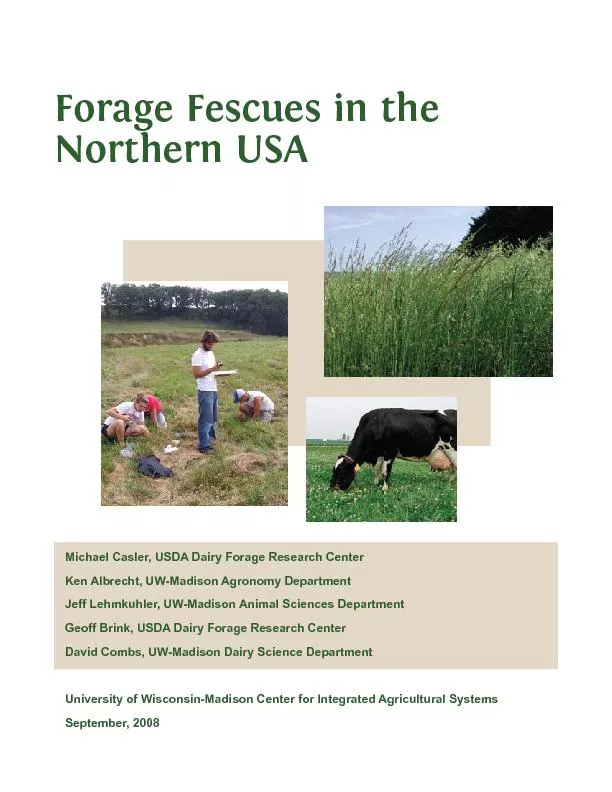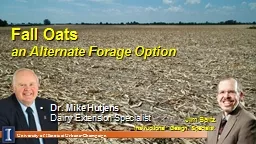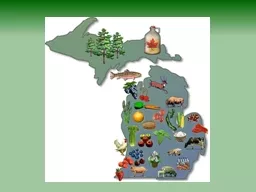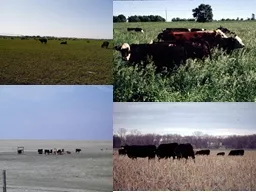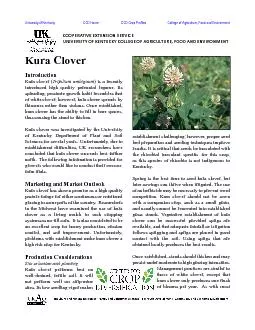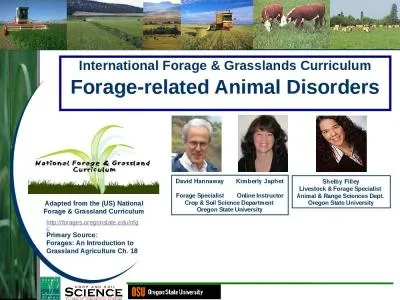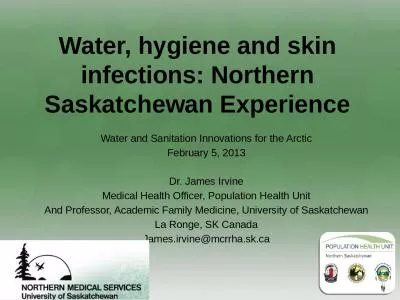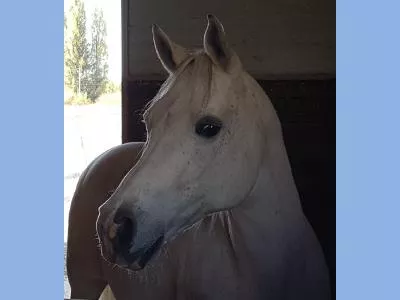PDF-Forage Fescues in the Northern USA
Author : danika-pritchard | Published Date : 2016-03-25
1 Michael Casler USDA Dairy Forage Research CenterKen Albrecht UWMadison Agronomy DepartmentJeff Lehmkuhler UWMadison Animal Sciences DepartmentGeoff Brink USDA
Presentation Embed Code
Download Presentation
Download Presentation The PPT/PDF document "Forage Fescues in the Northern USA" is the property of its rightful owner. Permission is granted to download and print the materials on this website for personal, non-commercial use only, and to display it on your personal computer provided you do not modify the materials and that you retain all copyright notices contained in the materials. By downloading content from our website, you accept the terms of this agreement.
Forage Fescues in the Northern USA: Transcript
Download Rules Of Document
"Forage Fescues in the Northern USA"The content belongs to its owner. You may download and print it for personal use, without modification, and keep all copyright notices. By downloading, you agree to these terms.
Related Documents

